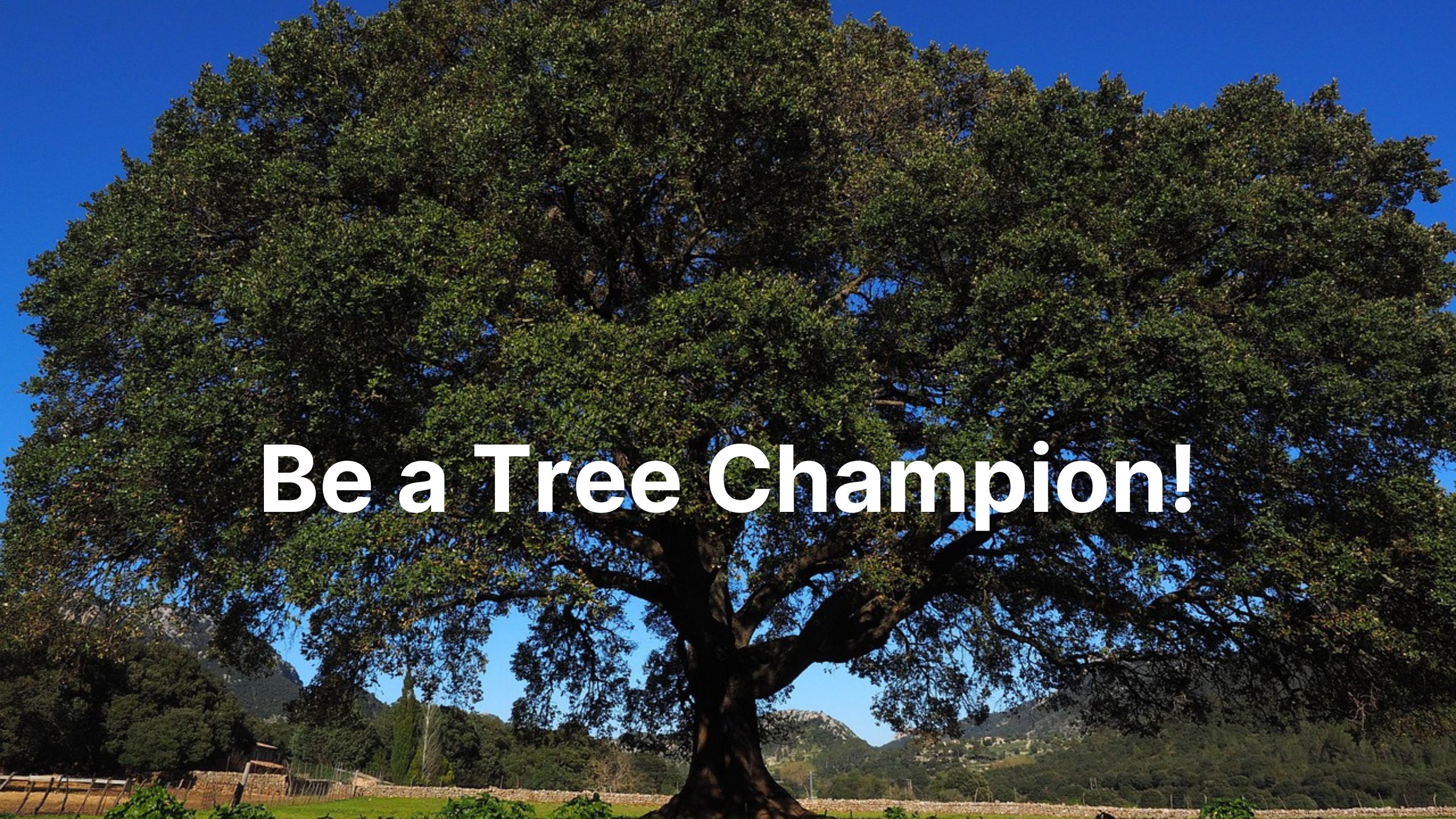Be a Tree Champion
Posted on Categories Discover Magazine

To paraphrase Joyce Kilmer, you’ll never see an article as lovely as a tree, but this one should inspire you to go out and not only see trees, but help scientists working to understand and protect them. You’ll track down endangered trees for TreeSnap; monitor urban trees for ISeaTree; learn about trees with the Girl Scout Tree Promise project; spy on woodpeckers making their homes in trees with Woodpecker Cavity Cam; and help NASA and the GLOBE program discover how much carbon trees are capturing, all while getting out and enjoying nature!
NASA GLOBE Observer: Tree mobile app (Credit: GLOBE Observer)
By downloading the NASA GLOBE Observer app and using the Trees tool, you’ll measure the height and circumference of trees. Your data will augment satellite-based measurements and help scientists studying forests and their ability to capture carbon and slow climate change.
Credit: iSeaTree
iSeaTree is an application for identifying and tracking urban trees. It calculates the CO₂, H₂O, and pollution-reduction benefits of trees anywhere within the United States and Canada, and also helps identify tree species. The data helps communities protect and preserve their urban canopies.
Credit: TreeSnap
The number of streets named Chestnut and Elm testify to the fame and beauty of these native American trees. But these and many other tree species are now rare due to the ravages of disease and invasive pests. With TreeSnap, you’ll find these endangered trees and report on their health and location to scientists trying to protect them.
Credit: Girl Scouts USA
The Girl Scout Tree Promise aims to do 5 million acts to plant, protect and honor trees, through a SciStarter collection of citizen science projects, many of which align with kits available in libraries. Not only is the program great for wildlife, but it’ll also help ease the effects of climate change.
Credit: Woodpecker Cavity Cam
Admit it: you’ve secretly wondered what woodpeckers are up to all day. Now, thanks to Woodpecker Cavity Cam, you can spy on them and report their activity to the woodpecker research team at the Cedar Creek Ecosystem Science Reserve. You’ll also look for other creatures who’ve moved into vacant woodpecker homes.
Credit: SciStarter
As a Volunteer Ambassador for Citizen Science, you’ll help introduce the basics of citizen science to libraries and other community hubs. Free trainings, professionally designed materials and more will help you become a champion, connector and facilitator.
Applications for the second cohort are open now through November 11th.
Credit: SciStarter
Credit: SciStarter
Halloween may be over, but you can still stroll through a cemetery, befriend a bat, socialize with spiders and more! Check out our video to learn how.
Join Emma Giles and the SciStarter team Tuesdays from 2-3 PM ET, to meet inspiring project leaders, gain valuable tips for participating in citizen science projects, and discover the incredible impact your contributions can make. Join the action via Zoom or catch the live stream on SciStarter’s Facebook page.
In case you missed it:
Jumpstart Planning for Citizen Science Month 2025: If you are planning to help others participate in Citizen Science Month, watch our recorded webinar on how to get started. Watch on YouTube.
Make Sourdough for Science (and Thanksgiving!) Start at least two weeks before you plan to enjoy the (sourdough) fruits of your labor! Watch on YouTube.
Upcoming:
November 12th – Wild Hope, Wildlife Corridors, and Citizen Science Learn how citizen scientists and experts are working together to identify and protect vital wildlife corridors, and how you can get involved in conservation efforts. Register.
November 19th – Leave No Trace Announces the #LeaveNoTrash 2025 Challenge Join us to learn how your university or community can get involved! Register.